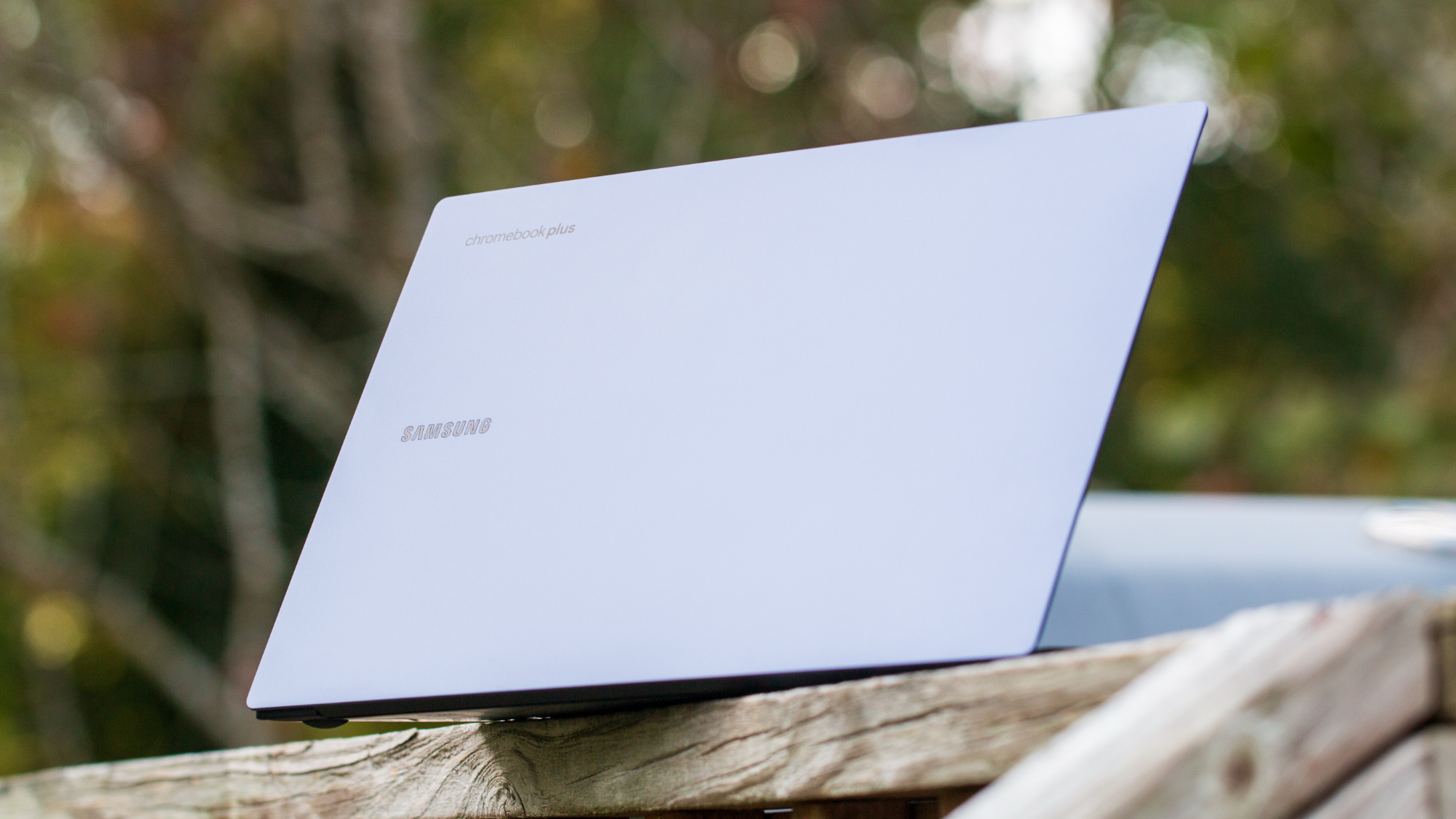Meta Quest 3: Specs, 3 vs. 3S, games, accessories, and more
For anyone considering a Meta Quest 3 (or 3S), here's every factor to consider, from specs and upgrades to exclusive games and accessories.
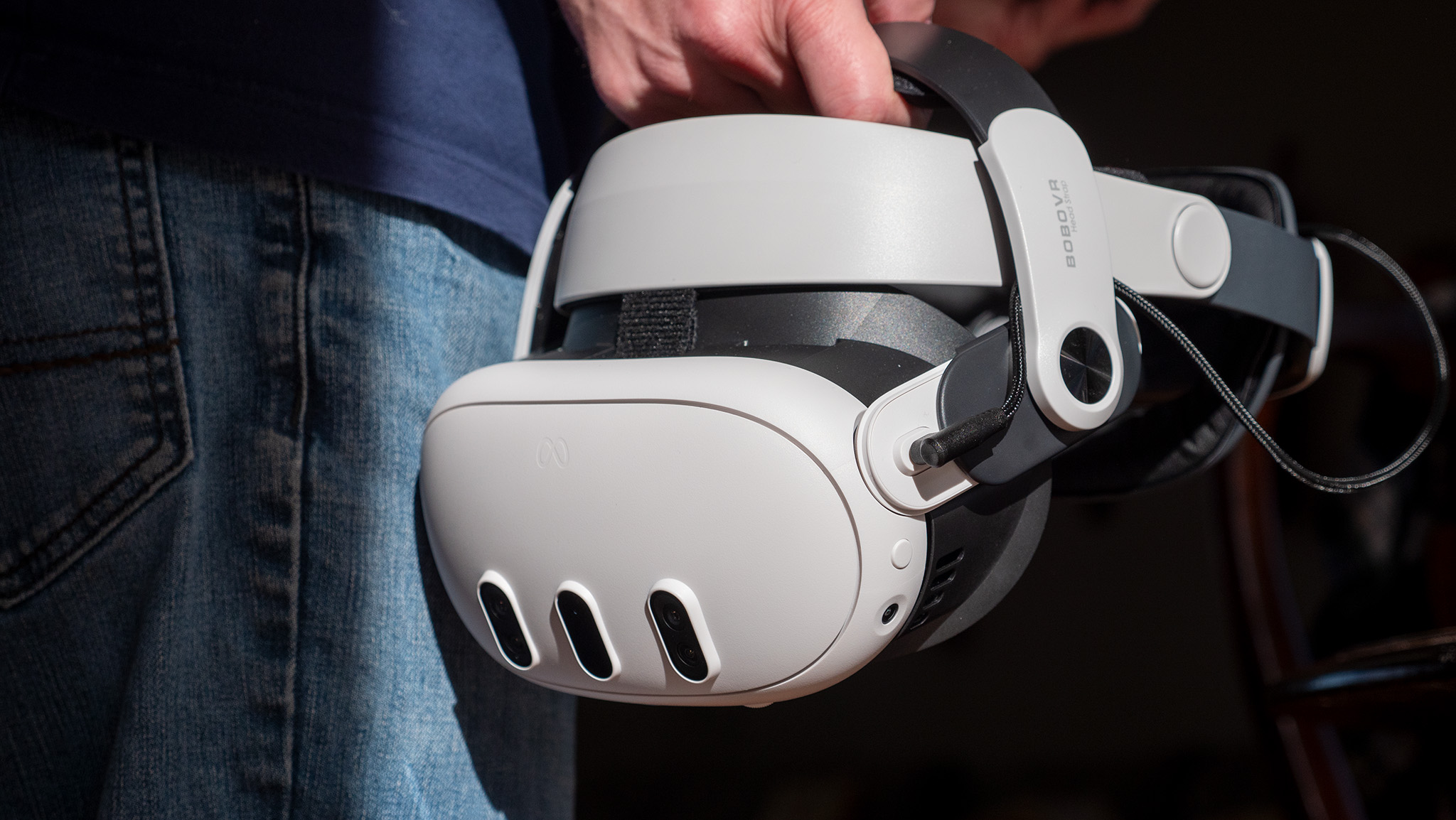
The Meta Quest 3 remains the best VR headset available for most people. But with the Quest 3S undercutting it in price, prospective Quest 3 buyers have plenty to consider before getting one!
We've followed the Quest 3 closely since its 2023 launch, starting with our Meta Quest 3 review and continuing on with coverage of its software updates and new features. We remain impressed by new features like mixed-reality passthrough and enhanced graphical power, but is it still enough to tempt people in 2025?
With Meta Connect 2025 approaching, we may see new Quest 3 feature updates, or maybe even the long-awaited Quest 4 (though the current rumor is it won't arrive until 2026). It should be an exciting month for VR fans.
This guide will share everything that new or potential Quest 3 owners should know about the headset, including specs, how it compares to the Quest 3S and Quest 2, and everything else you should know.
Meta Quest 3: Price and availability
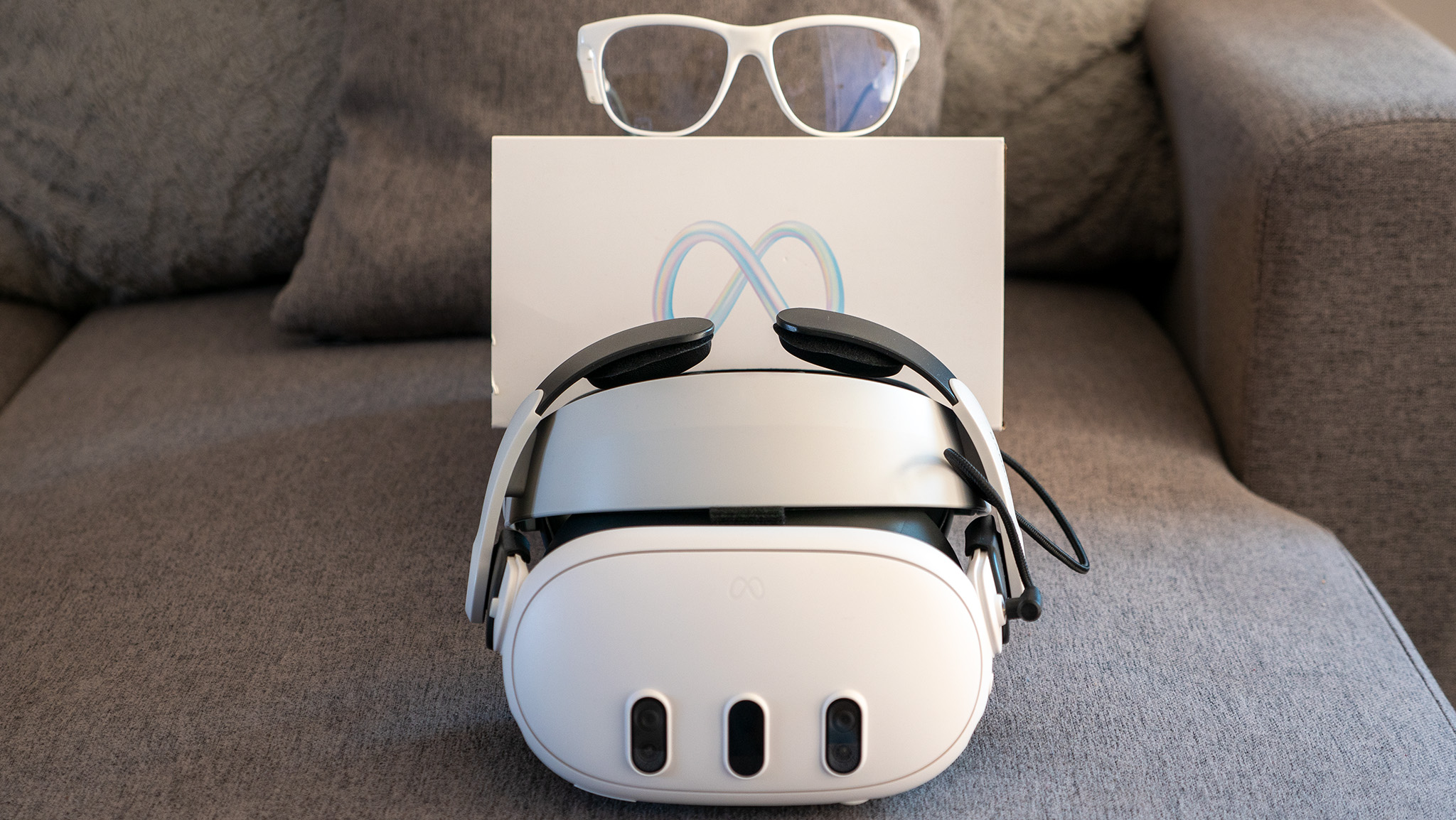
The Meta Quest 3 launched on October 10, 2023, in 25 countries, with two storage size options: 128GB and 512GB. A year later, Meta stopped selling the first version and made the 512GB headset the default option for $499 (instead of $649). Now you get much more storage space for Quest 3 games with enhanced graphics.
Meta has a Play Now, Pay Later plan that charges $29.99/month for 24 months instead of paying $499 upfront. This costs more in the long run but includes a Meta Horizon+ subscription and Warranty Plus protection. Or you can finance the headset through Affirm to pay $20.83/month (or $499 total), meaning you won't have to pay extra.
For comparison, the 128GB and 256GB Quest 3S cost $299 or $399, respectively.
Meta Quest 3: Design and display
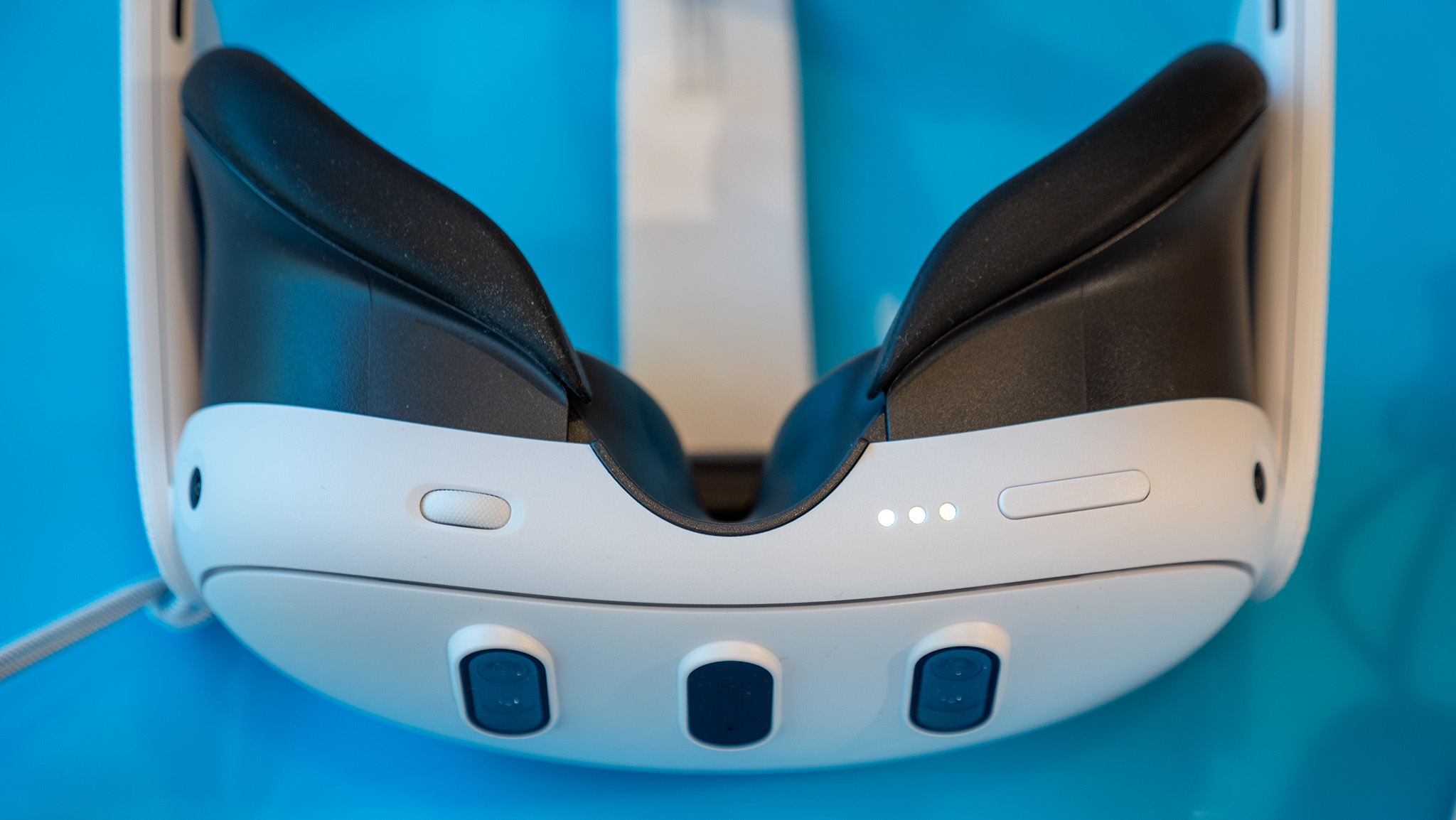
The Meta Quest 3 uses pancake lenses, a design that magnifies the display with thin, reflective mirrors instead of one thick layer. The Quest 3 is about the same weight as the Quest 2 and 3S, but measures significantly skinnier, making it less front-heavy. Equally important, they don't have the "sweet spot" of Fresnel lenses; instead of a centered, clear spot, the entire lens is sharp if you look in any direction.
By default, the Meta Quest 3 uses a cloth strap with velcro to adjust the fit. Our Quest 3 reviewer complained that the new split overhead strap design "rubs on the top of your ears," even if it adds extra support. That's why we called a Quest 3 strap replacement the "one accessory you actually need."
Whether you buy the official Meta Elite Strap or a third-party option, it'll give you a more comfortable and secure fit. And many options have a built-in battery that plugs into the USB-C port, doubling the Quest 3's 2-hour battery life. Since the Quest 3 has a modular design, installing a new strap should only take you a few minutes and doesn't require any expertise.
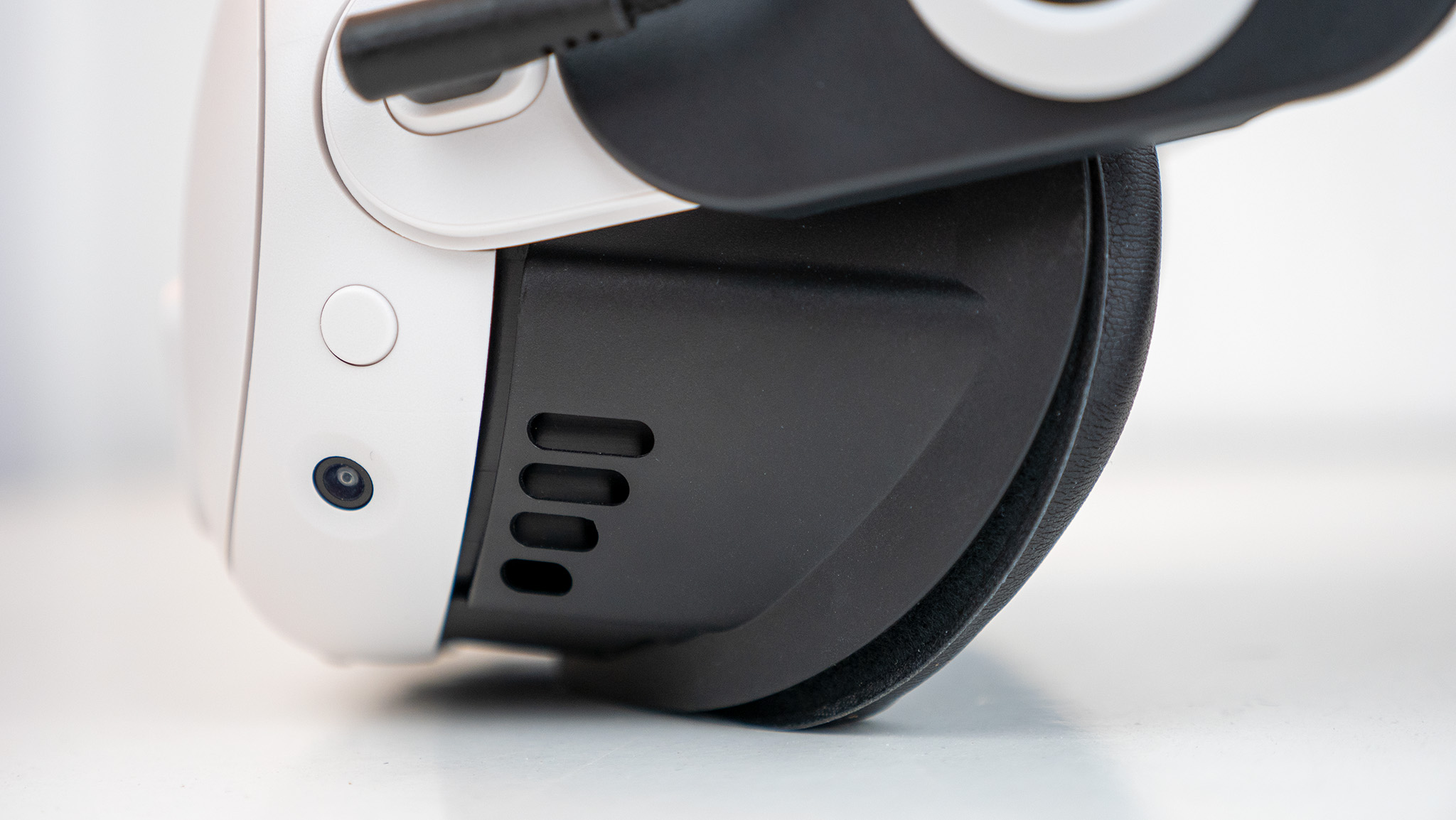
The Quest 3's redesigned facial interface lets you change how close or far the lenses sit from your eyes, with enough room to wear glasses without a spacer if you'd like. It also has a superior interpupillary distance (IPD) wheel with small gaps from 53–75 mm, so you can closely match your face's eye gap. The Quest 2 and 3S only have three default settings (58mm, 63mm, or 68mm).
Our only frustration with the Quest 3 facial interface is the lack of venting, which can cause the lenses to fog up from your face's heat. You may want to look for a third-party facial interface, like the AMVR facial interface in the photo above, that allows for better air circulation.
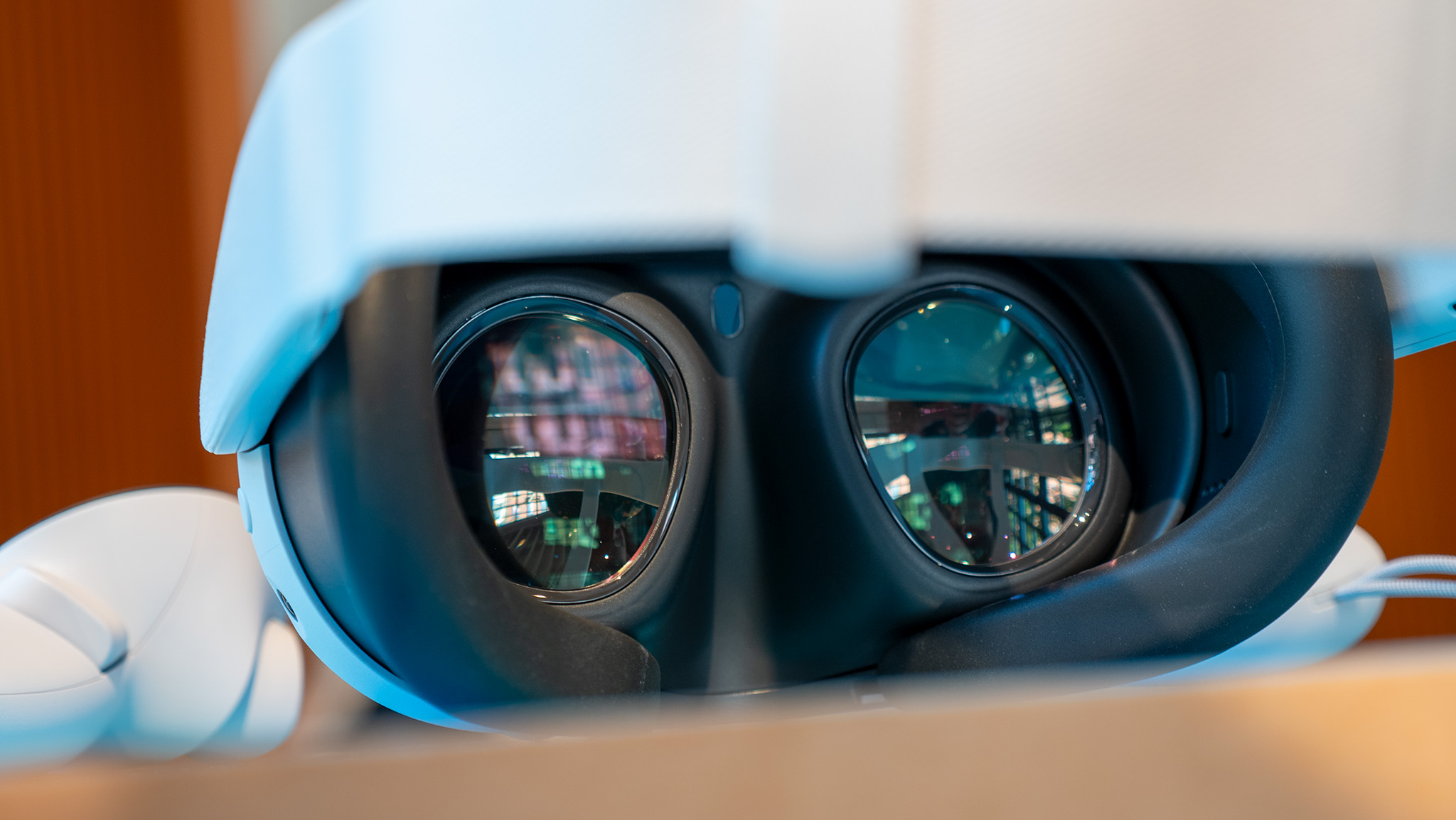
Moving on to the Meta Quest 3 display, it uses an LCD, a cost-saving measure that'll make its colors less vibrant than the PSVR 2's OLED. Putting that aside, though, it's still a significant visual upgrade over the Quest 2 or Quest 3S: 2064 x 2208 pixels per eye instead of 1,920 by 1,832 pixels. That gives you an extra 445 pixels per inch (1,218) or 5 pixels per degree (25).
When using the mixed-reality passthrough, the RGB cameras hit a resolution of 18 pixels per degree. That's lower than what true VR can deliver, but substantially better than the 4 PPD black-and-white passthrough of the Quest 2.
Of course, if you compare the Apple Vision Pro vs. the Quest 3, you'll find that the Vision Pro hits 3,386 pixels per inch or 34 pixels per degree, with micro-OLED displays that offer a gorgeous 92% of the DCI-P3 color gamut. But is this resolution boost worth paying an extra $3,000? Frankly, we're satisfied with what the Quest 3 brings to the table already.
Meta Quest 3 specs
Meta Quest 3 | Specifications |
|---|---|
Chipset | Snapdragon XR2 Gen 2 |
RAM | 8GB |
Storage | 128GB ($429); 512GB ($499) |
Display Resolution | 2064 x 2208 pixels per eye (LCD); 1,218 pixels per inch; 25 pixels per degree |
Display refresh rate | 90Hz; 120Hz (experimental) |
Field of view | 110º horizontal; 96º vertical |
Passthrough resolution | 18 pixels per degree |
Lenses | Pancake (40% slimmer than Quest 2) |
IPD range | 53mm-75mm |
Headset dimensions | 184 x 160 x 98 mm, 515g |
Controller dimensions | 126 x 67 x 43mm, 126g |
Connectivity | Bluetooth 5.2, Wi-Fi 6E, USB-C |
Battery life | 2.2 hours (average) |
One of the main reasons for upgrading from Quest 2 is the performance gap. The Quest 3's Snapdragon XR2 Gen 2 has twice as fast graphical performance and improved loading times compared to the Quest 2's Gen 1 chip. You also get an extra 2GB of RAM.
In practice, this allows developers to patch Quest 2 games to add better shadows, lighting, textures, and so on. Plus, of course, you get mixed-reality modes that the Quest 2 can't support with its low-res, black-and-white passthrough.
One thing that hasn't changed with the new generation: the Quest 3 battery life is just as short as the Quest 2's, if not worse. Meta estimates it lasts 2.2 hours per session or 2.4 hours for gaming, but we've found it's usually close to 2 hours flat unless you use a battery pack.
That's why you'll want to buy an elite strap with battery, which should double your battery life while also making the headset more comfortable.
Meta improved the speaker quality for the Quest 3, claiming it hits a 40% louder volume with increased bass compared to the Quest 2. You still have the 3.5mm headphone jack for private audio and sparing your neighbors, but otherwise, you may not need to buy Quest 3 headphones if you're happy with the built-in solution.
Meta Quest 3 vs. Quest 3S vs. Quest 2
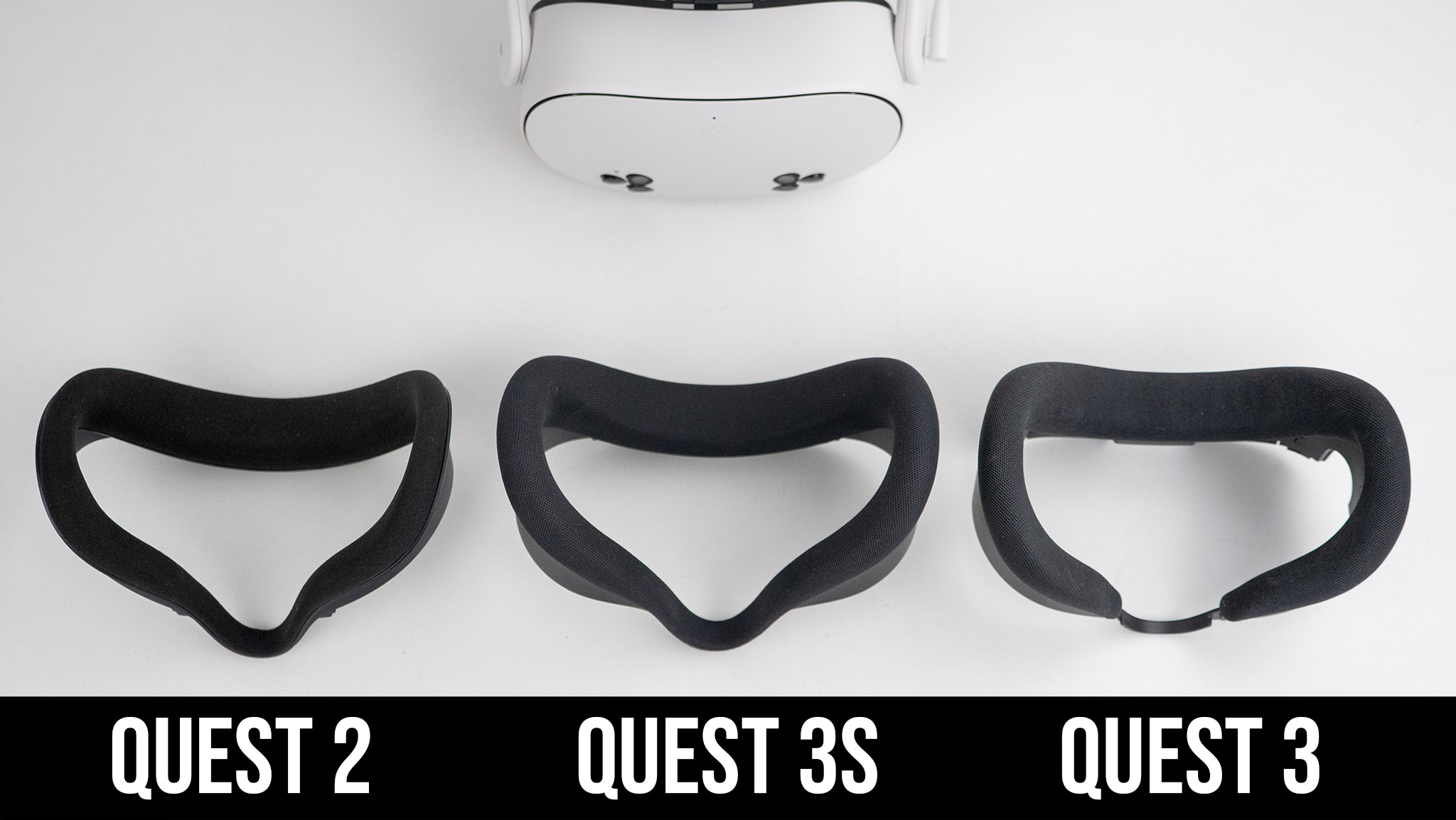
Category | Meta Quest 3 | Meta Quest 3S | Meta Quest 2 |
|---|---|---|---|
CPU | Snapdragon XR2 Gen 2 | Snapdragon XR2 Gen 2 | Snapdragon XR2 Gen 1 |
RAM | 8GB | 8GB | 6GB |
Storage | 128GB ($429); 512GB ($499) | 128GB ($299); 256GB ($399) | 64GB, 128GB, 256GB |
Display | 2,064 x 2,208 LCD; 1,218 PPI; 25 PPD | 1,832 x 1,920 LCD; 773 PPI; 20 PPD | 1,832 x 1,920 LCD; 773 PPI; 20 PPD |
FOV | 110º H; 96º V | 96º H; 90º V | 96º H; 90º V |
Lens | Pancake | Fresnel | Fresnel |
Mixed reality | 4MP RGB (18 PPD) | 4MP RGB (18 PPD) | B&W Mono (4 PPD) |
Depth sensor | Hardware | Software | Software |
Slimness (excluding facial interface) | 62.3mm | 73.9mm | 93.1mm |
Weight | 515g | 514g | 503g |
Battery | 5,060mAh | 4,325mAh | 3,640mAh |
Controllers | Touch Plus | Touch Plus | Touch |
Along with the specs table above, we have full guides on the Quest 3 vs. Quest 2 or Quest 3S vs. 3 that go in-depth on the differences between these headsets beyond the specs.
Basically, the Quest 3S sits between Quest 2 and Quest 3. It has the lenses, display, and storage sizes of the Quest 2 but the processor, memory, and full-color passthrough of the Quest 3, along with a new infrared illuminator for better controller and hand tracking in low light conditions. It even has a useful mixed-reality button to switch instantly to see outside the headset, something the Quest 3 lacks.
Our Meta Quest 3S reviewer summarized the differences best: The 3S lenses and display are "worse than the Quest 3 but not detrimentally so," likening it to gaming on a 1080p monitor versus a 4K monitor. You're still able to immerse yourself in VR, only on a tighter budget.
Meta Quest 3: Games
All of your Quest 2 games will transfer over to the Quest 3, as your account won't change. Our list of the best Quest 3 games includes both older Quest 2 titles and Quest 3 exclusives.
In terms of Quest 3 and 3S enhancements from the Snapdragon XR2 Gen 2, you can expect shorter loading times, higher refresh rates, 4K textures, improved lighting and shadows, and other graphical improvements; you can see a side-by-side example in the video above.
We've also seen games like Walking Dead Saints and Sinners that use the extra graphical power to add more zombies on screen at once. Not every Quest 2 game takes advantage of the extra power, but most new games do by default.

Generally speaking, the Quest 3 and 3S give you access to exclusive titles like Deadpool VR, Alien: Rogue Incursion, and Batman: Arkham Shadow, all AAA titles that are too graphically intensive to run on a Quest 2 — and aren't available on non-Meta platforms.
If you're a new Quest 3 owner, we've recommended the five best Quest 3 launch titles to get you started.
Meta Quest 3: Accessories
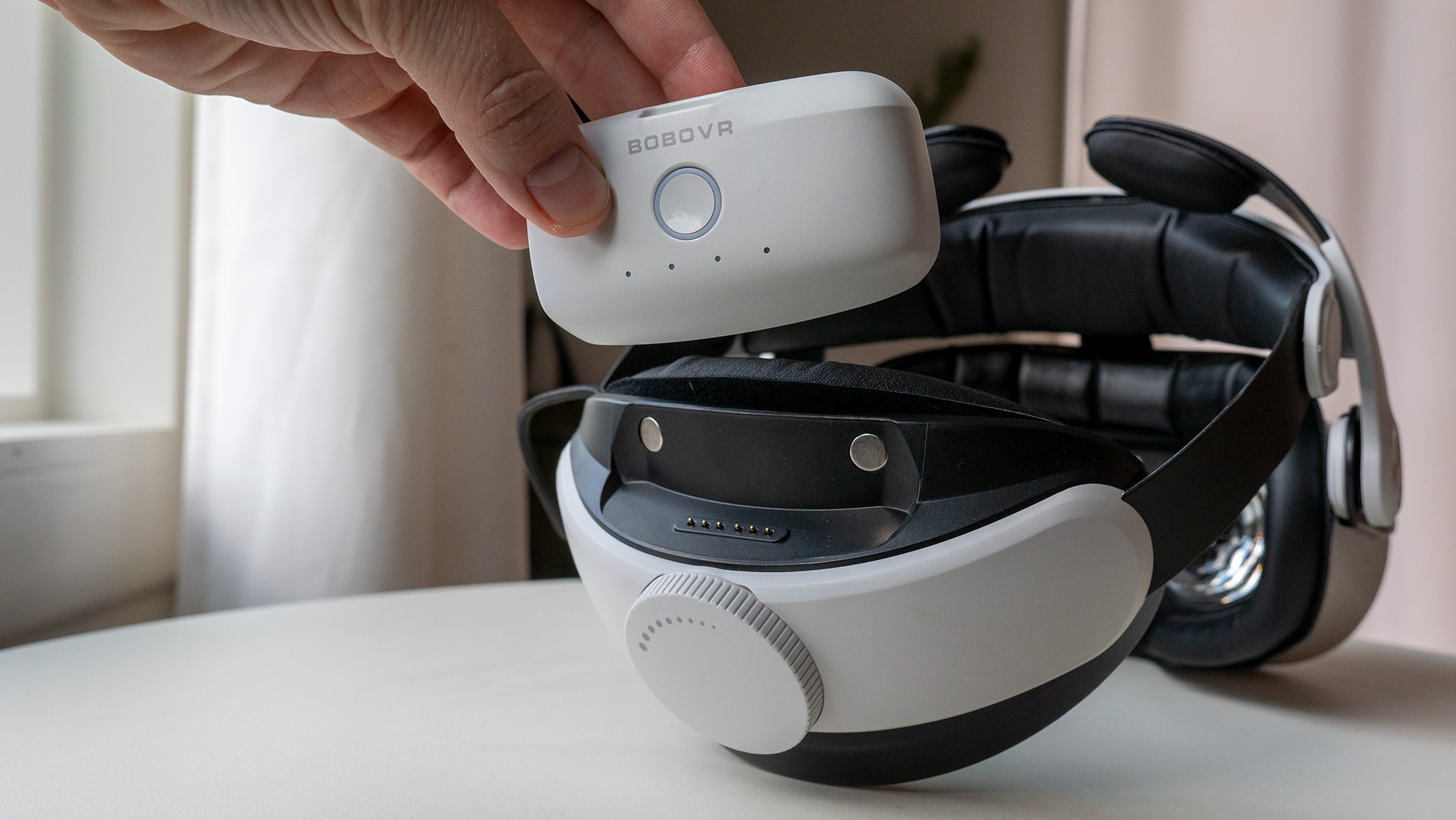
This is the main list of Meta Quest 3 accessories, listed from cheapest to most expensive:
- Meta Quest 3 Silicone / Breathable Facial Interfaces ($40)
- Meta Quest Active Straps for Touch Plus Controllers ($40)
- Zenni VR Prescription Lenses for Meta Quest 3 ($50)
- Meta Quest 3 compact charging dock ($60)
- Meta Quest 3 Elite Strap ($70)
- Meta Quest 3 Carrying Case ($70)
- Meta Quest Link Cable ($80)
- Meta Quest 3 Elite Strap with Battery ($130)
- Meta Quest Touch Pro Controllers ($250)
Most of these names will look familiar. You'll buy these Quest 3 accessories to improve the battery life, store and charge the headset, play PC VR games, and so on. One new thing to note: you can now buy straps and facial interfaces in new colors like orange and blue, not just the usual white.
They're also quite expensive! Thankfully, third-party Quest 3 accessory makers like BoboVR, AMVR, and KIWI Design have sold more affordable alternatives to most of the accessories above. You can check our guide on the best 3rd-party Quest 3 accessories to see where to get started.
Keep in mind that most of your old Quest 2 accessories won't work with the Quest 3. Your old Link cables will continue to work, if you don't want to rely on Air Link and the new Wi-Fi 6E capabilities for wireless PC VR. But you'll need a new strap, facial interface, and controller grips.
The current rumor is that the Quest 4 and Quest 4S won't arrive until 2026. If you're in the market for a new VR headset, that's a long time to wait.
At the moment, the Meta Quest 3 is the best VR headset available today. Apple fans might argue for the Vision Pro, but the Quest 3 costs 1/7 the price, has no wires to deal with, and has a proper library of games that'll appeal more to everyday VR fans.
We may eventually see more Meta Horizon OS headsets from partners like ASUS and Lenovo that'll have the same software and gaming software. But until these new models and the Quest 4 arrive, the Quest 3 is our recommendation for VR gamers.
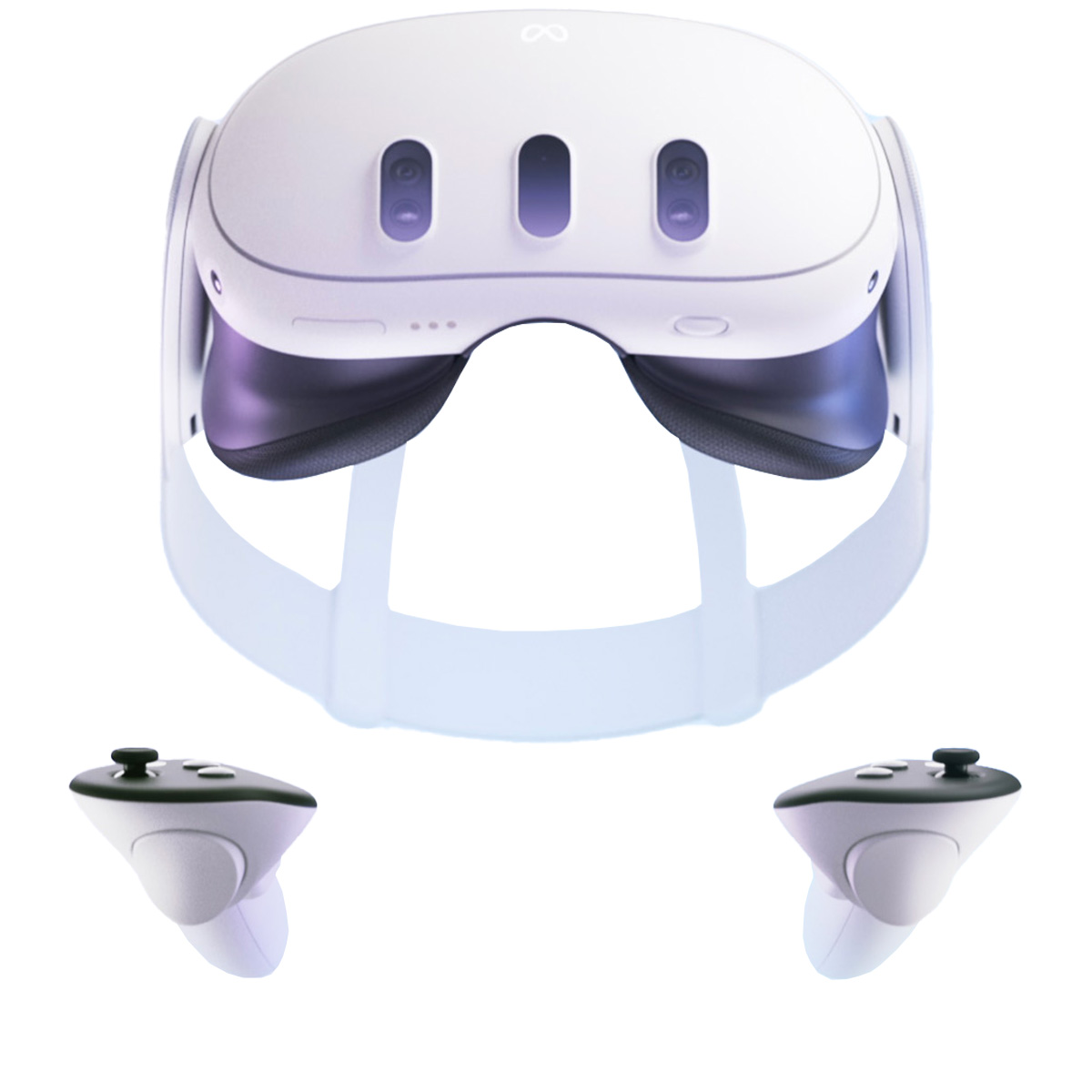
Meta's latest
The Meta Quest 3 VR headset delivers powerful Snapdragon XR2 Gen 2 performance, a more balanced and comfortable design, full-color mixed reality, and one of the best VR displays we've ever seen.
Get the latest news from Android Central, your trusted companion in the world of Android

Michael is Android Central's resident expert on wearables and fitness. Before joining Android Central, he freelanced for years at Techradar, Wareable, Windows Central, and Digital Trends. Channeling his love of running, he established himself as an expert on fitness watches, testing and reviewing models from Garmin, Fitbit, Samsung, Apple, COROS, Polar, Amazfit, Suunto, and more.
- Nicholas SutrichSenior Content Producer — Smartphones & VR

